


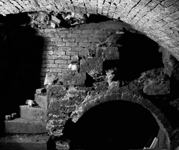


Meandering
Joseph Williamson arrived in Liverpool in 1780 to look for work. He found employment with the tobacco and snuff
firm Richard Tate, marrying into the Tate family in 1802 and indeed buying the company the year later.
Living in Mason Street, it is thought that he first started working with a group of men behind his house to counter the 20ft drop down to the next street by extending his garden with arches.
Then, perhaps philanthropically, he had his men continue tunnelling to combat poverty in the area, claiming he was ‘employing more than anyone else’ as men returned from the Napoleonic Wars. Alternatively, his subscription to an extreme religious sect that believed in impending Armageddon suggests that Williamson may have been digging complex bunkers from which to start a new city.
There exists a map of these Tunnels outlining where some of them are, where some start and where some may lie undiscovered. Uncertainty is, and always has been, the appeal. For further information, see the official Williamson Tunnels website and the Friends of The Williamson Tunnels website.

Preambling
In the 1944 film Purple Heart a captured airman wrings a wet cloth into a bucket while mopping the brow of his colleague in a subtle suggestion that he has been the victim of Chinese Water Torture. As the dripping sound continues, the scene fades to the same man as a boy. He is now on a ranch, taking a rag from a bucket of water to cool down his new-born foal as his mom and pop look proudly on. The scene then slowly fades back to prison despair.

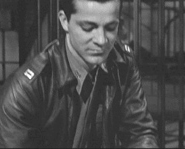

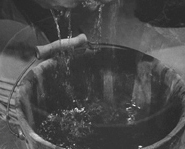
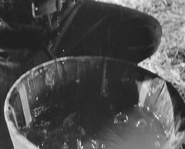
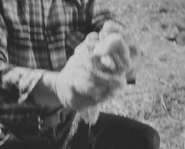
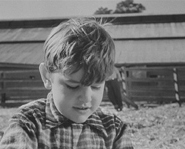

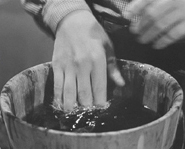
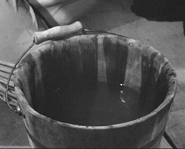
In 1967 the artist Annea Lockwood reads in John Michel’s book about the custom of inviting people deemed ‘off-balance’ to sit listening to rivers for days on end to become ‘rebalanced’. This sparks her global recordings that over the years becomes The River Archive. See resoundings.net for details of A Sound Map Of The Hudson River.

